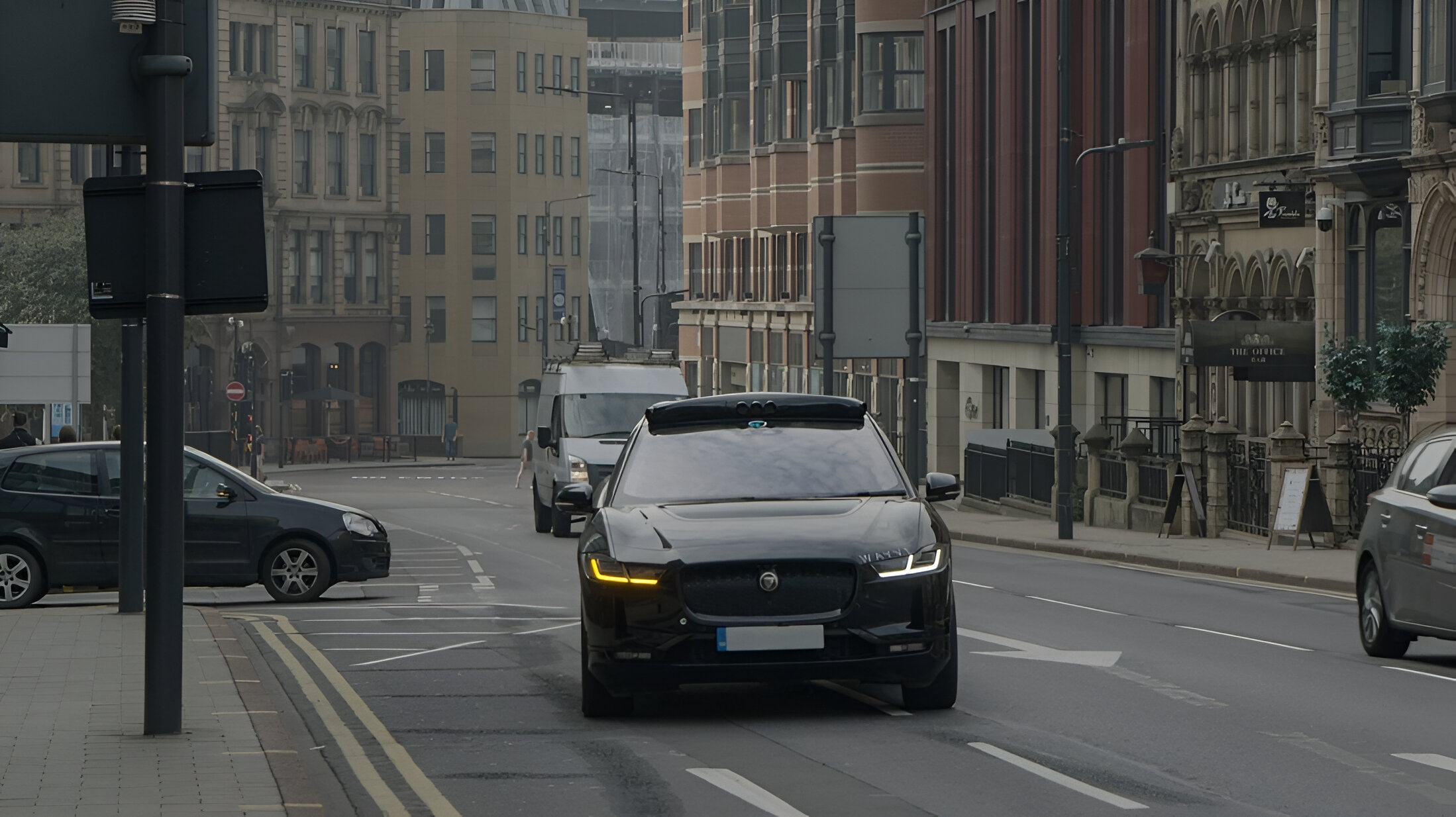Your next Uber ride might not have a driver behind the wheel—at least if Wayve and Uber get their way. The partnership announced plans to launch Level 4 autonomous vehicles on London’s notoriously challenging streets, marking the largest autonomous vehicle pilot Uber has ever attempted outside the US.
The British government just accelerated its self-driving timeline from 2027 to spring 2026, essentially rolling out the red carpet for companies willing to test their tech on UK roads. This isn’t just about being first to market—it’s about proving autonomous vehicles can handle the real world’s messiest driving scenarios.
“If you prove this technology works here, you can literally drive anywhere. It’s one of the hardest proving grounds,” says Alex Kendall, Wayve’s CEO. Translation: London’s narrow streets, roundabouts, and aggressive driving culture represent the ultimate stress test for AI drivers.
Choosing London for robotaxi trials feels simultaneously brilliant and insane. The city’s roads weren’t designed for cars, let alone AI-powered ones. You’ve got cyclists weaving through traffic, pedestrians treating crosswalks as suggestions, and driving patterns that would make a computer weep.
But that’s exactly why Wayve picked it. Their “Embodied AI” approach learns from experience rather than relying on pre-mapped routes and rigid rules. During their recent global roadshow, a single AI system successfully navigated 90 cities across three continents in 90 days—like watching someone speedrun Google Street View, except with actual consequences.
It’s part of Uber’s fixed-route shuttle revival, blending Wayve’s adaptive AI with a commute model that feels more like the future of public transit than ride-hailing as we know it.
Here’s what the press releases don’t emphasize: London currently employs approximately 25,000 licensed taxi drivers, plus thousands more working for ride-hailing services. If autonomous vehicles scale successfully, these jobs vanish faster than your social media feed updates.
The companies frame this as “mobility innovation,” but for drivers already struggling with app-based gig work, autonomous vehicles represent an existential threat. The government’s projected 38,000 new jobs sound impressive until you realize they’re mostly in tech development and maintenance, requiring completely different skills than driving a cab through Piccadilly Circus.
The technology also remains unproven in truly adverse conditions. When your iPhone struggles with Face ID in bright sunlight, imagine trusting AI to navigate London fog or handle a cyclist who thinks traffic lights are merely decorative suggestions.
Britain’s self-driving revolution echoes what we’re seeing in San Francisco—autonomous convenience colliding with real-world complications. The question isn’t if it’ll work, but if we’re ready for the fallout.
The economic stakes are massive: the UK government projects £42 billion in economic benefits by 2035, but that assumes smooth deployment of technology that’s still learning to handle roundabouts without having an existential crisis.





























